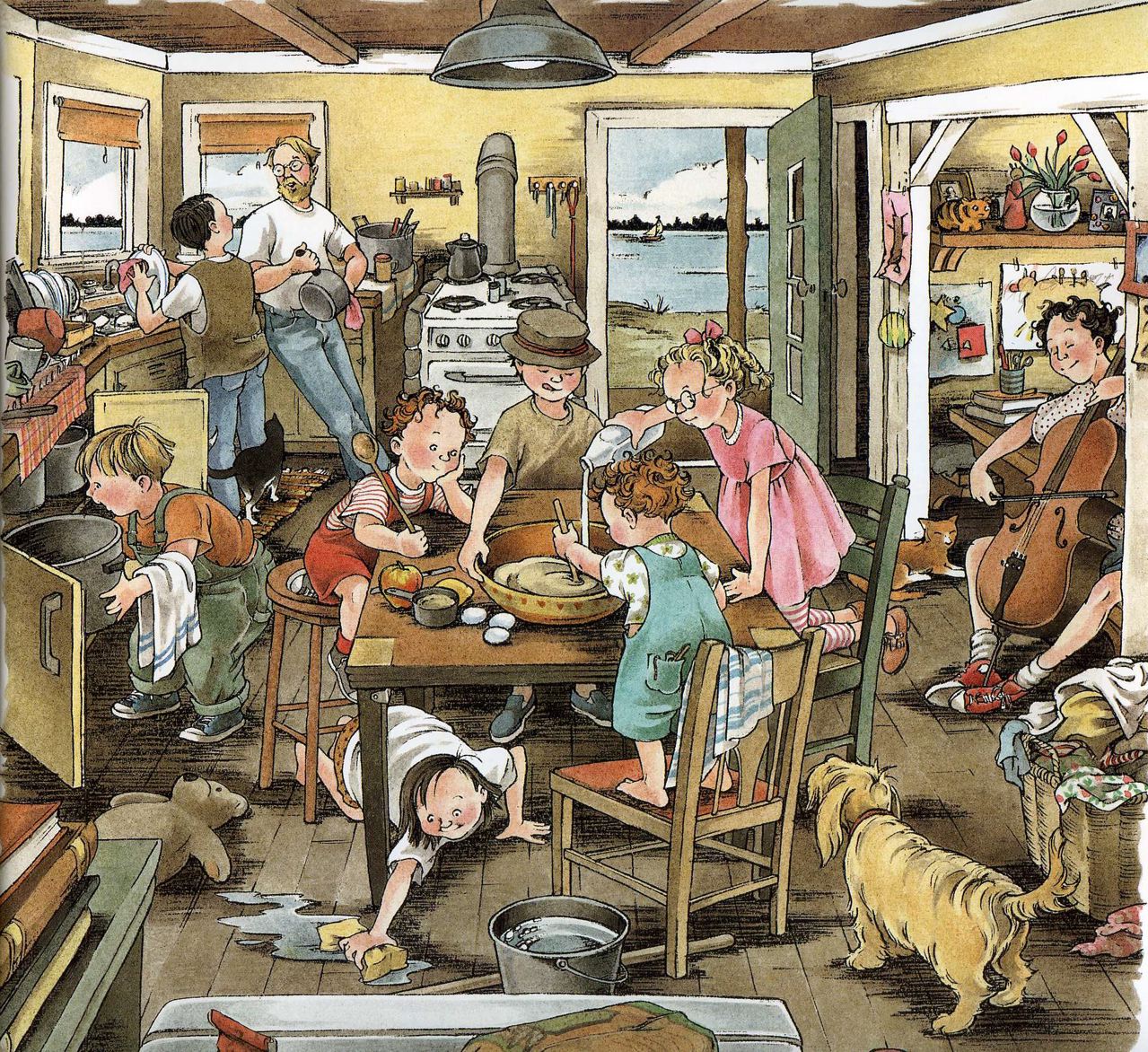by Heather Smith and Rachel Wada

I actually read this book a few months ago, but was so taken aback by the story that it really has been stationary in the back of my mind whenever we talk about children’s literature; so I thought I’d share it here!
The story follows the main character, Makio, through the aftermath of a tsunami that destroyed his village. The entire village is laden with grief, Makio included through the death of his father. Makio sees the anguish of his village and feels it within himself and finds himself angerly questioning the ocean.


Mr. Hirota, Makio’s neighbor with whom he is great friends, also sees this burden that his community is bearing and decides to build a phone booth, with a phone connected to nothing. Makio is perplexed by this, but all around him finds that villagers are flocking to visit this seemingly pointless phone booth. It is then that Makio understands what the phone booth does; it connects people to the lost loved ones.

It’s through this seemingly inoperable phone booth that Makio finds some comfort after his father’s passing. This book was based on a true story, which the author details in a note at the end of the story. The idea that this is real, and really did help so many people cope after disaster, makes the message more realistic and applicable to one’s own life. Meaning, it’s not just fairytale, but in fact talking to your loved ones as if they just couldn’t pick up the phone is a really comforting way to cope with the dread of death.

This book is centered around a very heavy topic, but brings to light some meaningful ways to alleviate some of the grief that comes with the loss of a loved one. The Phone Booth in Mr. Hirota’s Garden is an undeniably beautiful book, based on a true story, which is undoubtedly the first book that should be on your shelf of children’s literature that models coping with grief.
-posted by Isabella Brenington






























